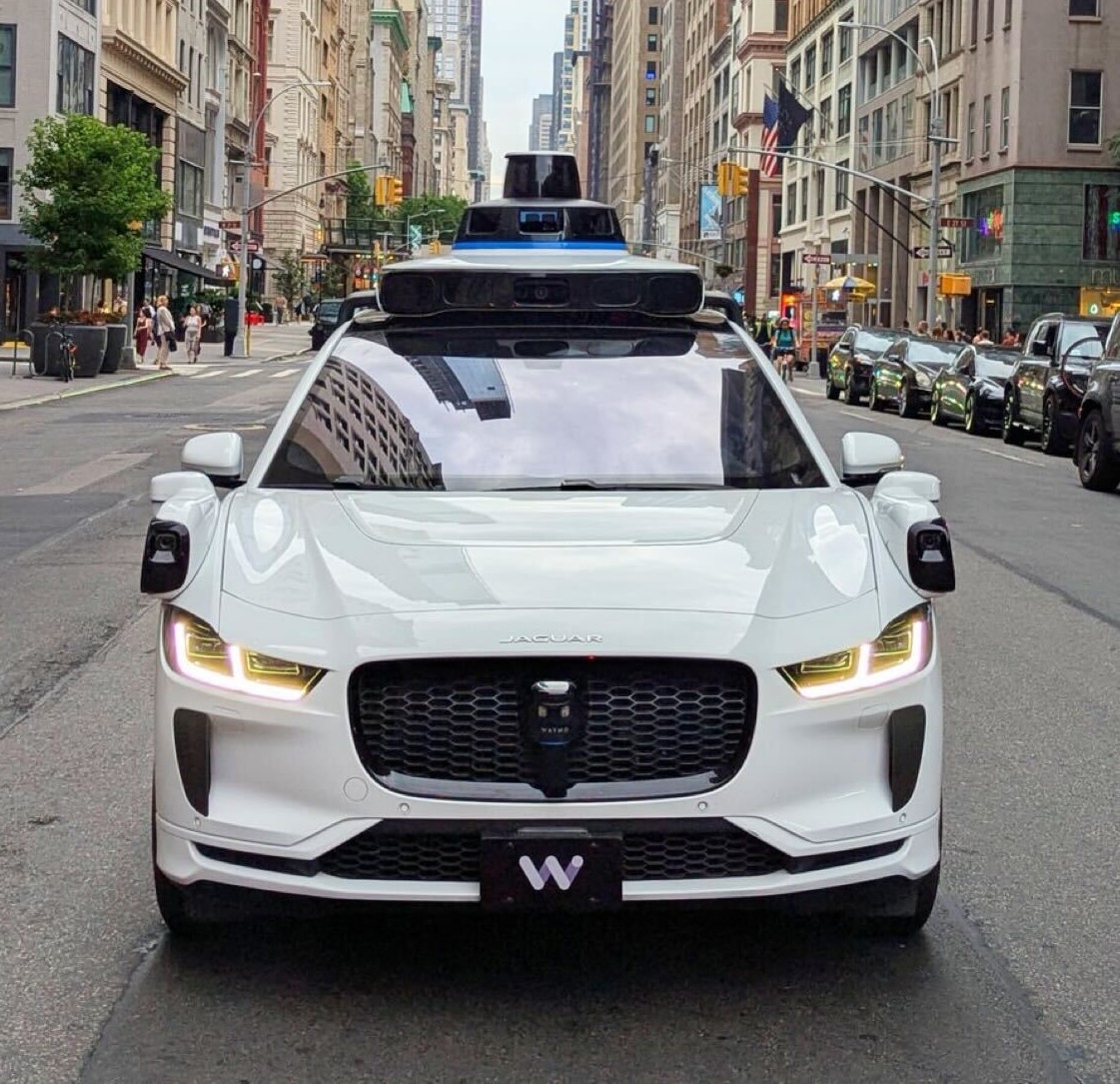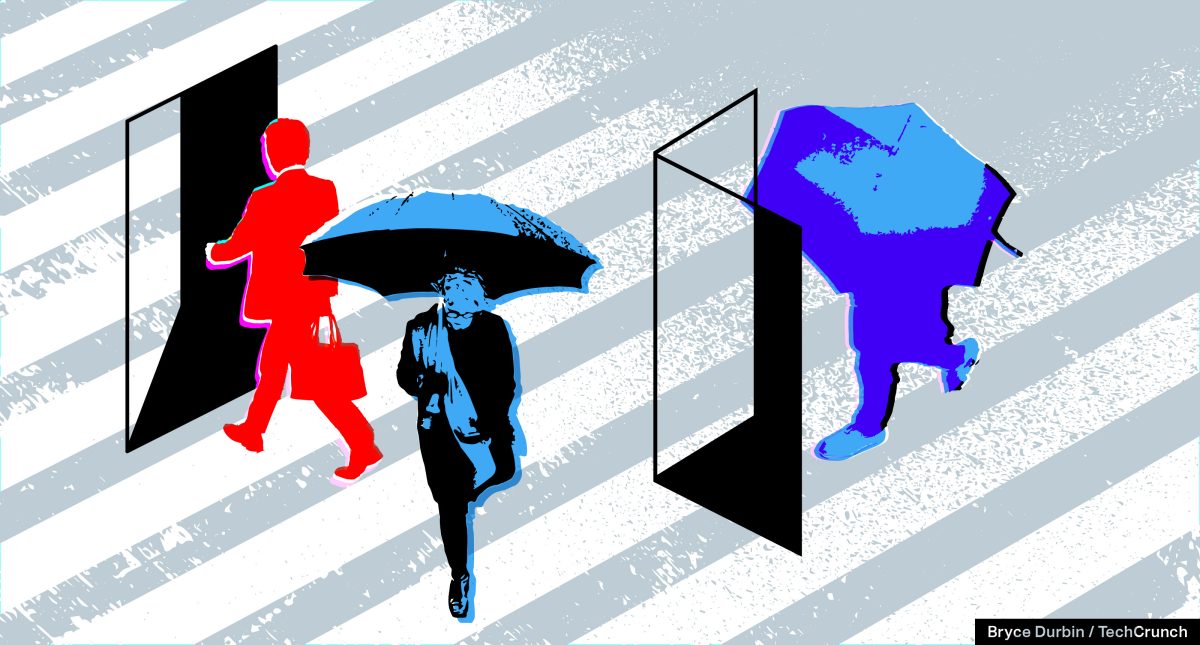
Waymo, the pioneering autonomous driving subsidiary of Alphabet, is grappling with a wave of escalating vandalism targeting its driverless robotaxis across the United States. Following multiple incidents, including a significant event in Los Angeles this past weekend where a vehicle was damaged by a large crowd, Waymo co-CEO Tekedra Mawakana has unequivocally condemned these actions, asserting the company will not tolerate such destructive behavior. Her remarks, made on the sidelines of TechCrunch Disrupt 2025, highlight a growing tension between technological advancement and public sentiment, particularly concerning privacy and the role of autonomous systems in urban environments.
The Unsettling Trend of Robotaxi Vandalism
The recent incident in Los Angeles is not an isolated occurrence, but rather the latest in a series of destructive acts against Waymo’s fleet. These vehicles, often recognizable by their distinctive sensor arrays and sometimes adorned with local artist designs, have become targets for individuals expressing a range of grievances. While the exact motivations behind each act of vandalism can vary, the pattern suggests a deeper undercurrent of public unease, or outright hostility, toward autonomous vehicle technology. The damage inflicted ranges from spray paint and broken windows to more severe cases involving fire, posing not only a financial burden for the company but also potential safety risks if a disabled vehicle obstructs traffic or poses other hazards.
Tekedra Mawakana, addressing the issue directly, emphasized that such acts are criminal. “Vandalism is a crime, so we’re very focused on working with law enforcement to make sure that we pursue the people who are committing these crimes against our fleet,” Mawakana stated. She underscored that property damage, regardless of the owner, is unacceptable. This firm stance indicates Waymo’s commitment to protecting its assets and ensuring the safe operation of its services, signaling a proactive approach to collaboration with municipal authorities to identify and prosecute offenders.
Navigating the Complexities of Public Resistance
The resistance to Waymo’s robotaxis, and indeed to autonomous technology more broadly, appears to stem from a confluence of factors. A significant element, as highlighted by the company’s leadership, revolves around concerns regarding privacy and surveillance. In the context of the "second Trump administration," as indicated by the original reporting, and increased governmental deportation efforts, anxieties about data collection and its potential misuse have intensified. Autonomous vehicles, equipped with multiple cameras, lidar, and radar sensors, continuously collect vast amounts of environmental data. While this data is crucial for navigation and safety, it also raises questions about who has access to it, how it’s stored, and under what circumstances it might be shared with law enforcement or other government agencies.
This specific concern about surveillance aligns with a broader "techlash" phenomenon, where a segment of the public expresses distrust and opposition to large technology companies. This resistance often encompasses issues such as algorithmic bias, data exploitation, job displacement due to automation, and the perceived overreach of corporate power. For autonomous vehicle companies like Waymo, which are at the forefront of integrating artificial intelligence into daily life, these societal anxieties manifest in direct confrontations with their physical assets. The sentiment can range from skepticism about safety to ideological opposition against the pervasive presence of surveillance-capable machines in public spaces.
Waymo’s Proactive Measures and Historical Context
Waymo has acknowledged these concerns and has taken steps to address them. Mawakana reiterated the company’s policy of refusing "overly broad and unlawful" government requests for footage captured by its vehicles. This policy aims to strike a balance between cooperating with legitimate law enforcement needs and protecting the privacy of individuals incidentally captured by the vehicles’ sensors. By establishing clear boundaries on data sharing, Waymo attempts to build trust within communities that may be wary of pervasive digital monitoring.
Beyond policy, Waymo has also engaged in more visible community outreach. One notable initiative involves collaborating with local artists to adorn some of its vehicles with unique designs. This effort, described as a way to "make the fleet more a part of the community," aims to humanize the technology and foster a sense of local ownership and acceptance. The underlying goal is to transform these high-tech machines from symbols of corporate power or surveillance into familiar, even celebrated, elements of the urban landscape. However, the persistence of vandalism suggests that these measures, while positive, may not fully address the deep-seated concerns of all segments of the population.
The journey of Waymo, from its origins as Google’s self-driving car project in 2009, reflects the broader evolution of the autonomous vehicle industry. Initially shrouded in secrecy and then met with widespread optimism, the path to fully autonomous mobility has proven more complex than anticipated. Early milestones included the first fully autonomous ride on public roads in 2015 and the launch of a public robotaxi service in Phoenix in 2017/2018. Over the years, Waymo expanded its operations to San Francisco, Los Angeles, and Austin, gradually accumulating millions of driverless miles. This expansion, however, has also brought increased visibility and, consequently, increased scrutiny and public interaction, both positive and negative. The industry as a whole, including competitors like Cruise (which recently faced its own regulatory challenges and operational pauses) and Zoox, has learned that technological prowess alone is insufficient; public acceptance and regulatory clarity are equally critical for scalable deployment.
The Broader Economic and Societal Ripple Effects
The economic impact of vandalism on autonomous vehicle companies is substantial. Beyond the direct costs of repairs, which can be significant given the specialized sensors and components, there are costs associated with vehicle downtime, increased insurance premiums, and diverted resources for security and investigations. More broadly, such incidents can deter investment, slow down expansion plans, and erode public trust, which is paramount for the widespread adoption of robotaxi services. If the public perceives these vehicles as targets for aggression or symbols of contentious issues, it can undermine the very promise of safer, more efficient transportation that autonomous technology purports to offer.
From a societal perspective, the challenge of vandalism highlights a crucial dilemma for cities and first responders. While Waymo emphasizes working with law enforcement to address these crimes, the incidents also present unique challenges for emergency services. A disabled or damaged autonomous vehicle can complicate emergency response, especially if it’s in a critical location or if the public’s interaction with it is hostile. Mawakana’s comment that vandalism "doesn’t keep people safe" resonates with the potential for these acts to create unsafe situations for both the public and emergency personnel.
Charting a Course for Future Acceptance
The ongoing struggle with vandalism underscores the multifaceted challenge of integrating advanced autonomous technology into the fabric of daily life. For Waymo and the broader autonomous vehicle industry, the path forward requires not only continued technological innovation but also a sophisticated approach to public engagement, transparent communication, and robust security measures. Addressing the root causes of public resistance—whether they are genuine privacy concerns, economic anxieties, or a general distrust of tech—will be crucial.
This involves fostering open dialogues with communities, demonstrating the tangible benefits of autonomous mobility, and collaborating closely with local governments to establish clear regulatory frameworks that balance innovation with public safety and privacy rights. The goal is to cultivate an environment where autonomous vehicles are seen not as intrusive symbols of a technological future imposed upon communities, but rather as a beneficial and integrated part of urban infrastructure, embraced by the very people they are designed to serve. The incidents of vandalism serve as a stark reminder that the future of autonomous mobility hinges as much on societal acceptance as it does on technological capability.





